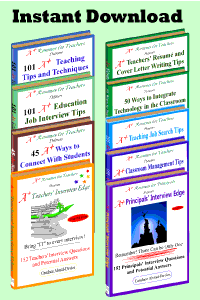Teachers employ differentiated instruction as a pedagogical approach to enhance students’ retention of subject matter. This method, commonly known as personalized instruction, involves tailoring teaching strategies and content to meet individual students’ diverse learning needs and preferences.
Educators create inclusive learning environments that promote deeper understanding and engagement with the material by adapting instruction to accommodate varied learning styles, abilities, and interests.
Differentiated instruction encompasses a range of techniques, such as adjusting the pace of instruction, providing alternative learning resources, incorporating multisensory activities, and offering flexible grouping arrangements. Through this personalized approach, teachers empower students to access and internalize the content more effectively, ultimately fostering excellent retention and mastery of the subject matter.
Due to various learning styles, everyone responds differently to auditory, kinesthetic, and visual stimuli. Having varied tasks in your lessons is essential for effective classroom teaching.
The best lessons are geared toward students’ interests and preferred learning modalities: auditory, kinesthetic, or visual. Providing a broad range of activities will grab and hold your students’ attention because students react well to variety.
Look beyond textbooks and worksheets to bring the curriculum to life and achieve variety in your lessons.
By implementing props, role-playing, manipulatives, guest speakers, field trips, and real-world examples, you can better appeal to the different learning styles.
Ideas to appeal to all learning styles…
• Use props to grab students’ attention at the start of a lesson.
• Use an interesting starter as an attention grabber.
• Bring in outside speakers to keep topics interesting.
• Plan the lesson’s activities around their interests.
• Incorporate field trips when possible.
• Employ activities that appeal to Multiple Intelligences.
Here are some initial suggestions to assist you in beginning your journey. Several of these approaches are versatile and can accommodate various learning preferences, while others can be adapted to diverse subjects. Additionally, many of these strategies may lead to further exploration of related activities.
It’s crucial to acknowledge that individuals learn in diverse ways. Employing uniform lesson formats without variation in activity types may inadvertently exclude a significant portion of students from meaningful learning opportunities.
If you usually present information visually, you leave out all the students who learn auditorily and kinesthetically. If they find your lessons challenging or boring, they will quickly become frustrated or bored, and their behavior will reflect this.
Planning your lessons will take more time and effort, but having various activities in your lessons will keep you from neglecting a significant proportion of your students from the learning process.
Providing activities for every lesson for each student’s learning preferences is unrealistic, but it is often possible. By occasionally placing topics into various activities geared towards certain learning styles, you will find you make more progress with the problematic and disinterested students than if you hadn’t tried at all.
Check out this resource, which contains teaching tips and techniques for more instructional tips.


